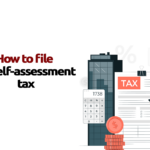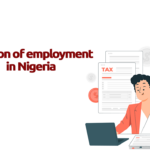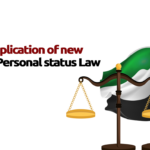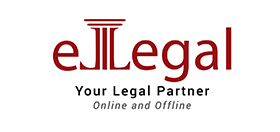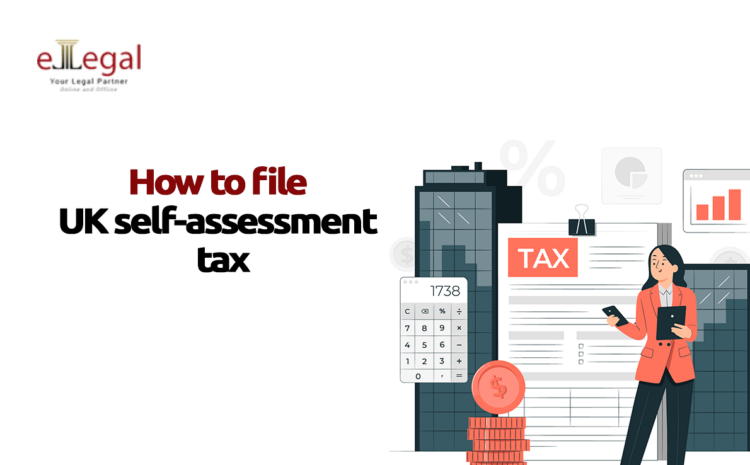
Filing a Self-Assessment tax return in the UK is a requirement for individuals who earn untaxed income, including self-employed professionals, business owners, and those with secondary sources of income. The HM Revenue & Customs (HMRC) provides a structured process to facilitate tax filing, ensuring individuals fulfill their obligations accurately and on time. This blog outlines the key steps involved in filing a Self-Assessment tax return, eligibility criteria, deadlines, payment options, and available support.
What is Self-Assessment, and Who Needs to File a Tax Return?
Self-assessment is the process used by HMRC to collect Income Tax on earnings that have not been taxed at source. While employees typically have their tax deducted via ‘Pay As You Earn’ (PAYE), individuals with additional sources of income may be required to complete a tax return.
Who Must Submit a Self-Assessment Tax Return?
According to HMRC guidelines, individuals must file a Self-Assessment tax return if they:
- Are self-employed or operate as a sole trader.
- Earn more than £100,000 in taxable income.
- Need to pay the High-Income Child Benefit Charge.
- Receive rental income, dividends, or foreign earnings not taxed at source.
How to Register for UK Self-Assessment Tax Return
Individuals who need to file a Self-Assessment tax return must register with HMRC via GOV.UK. The registration process varies depending on employment status:
- Self-Employed Individuals
- Register for Self-Assessment and Class 2 National Insurance contributions.
- Provide personal details, business information, and income sources.
- First-Time Filers
- Register for an HMRC online account.
- Submit two forms of identity verification, such as a UK passport and UK driving licence.
- HMRC may offer a digital verification method, enabling individuals to use their mobile phone camera to confirm their identity.
- Unique Taxpayer Reference (UTR)
- Upon successful registration, HMRC issues a 10-digit Unique Taxpayer Reference (UTR).
- The UTR is essential for filing annual tax returns and managing tax affairs.
Required Information for Filing a Tax Return
Before beginning the Self-Assessment process, individuals must gather relevant financial and tax records, including:
- Unique Taxpayer Reference (UTR) and National Insurance number (available via the HMRC app).
- Details of income from all sources, including employment, self-employment, dividends, rental earnings, and foreign income.
- Records of allowable expenses that may be deductible for tax purposes.
- Bank statements, invoices, and receipts related to income and business transactions.
UK Self-Assessment Tax Deadline
Filing a Self-Assessment tax return within HMRC’s deadlines is crucial to avoid penalties and interest charges.
Important Dates
- 31 January (following the tax year): Deadline for online tax return submission and payment of tax due.
- 30 December (prior to the deadline): If an individual wishes for HMRC to automatically collect the tax owed from wages or pensions, they must submit their return by this date.
- 31 January (for taxpayers using Payments on Account): The first installment of the estimated tax bill for the next tax year is due.
UK Self-Assessment Tax Return Penalty
Missing these deadlines above may result in late filing penalties, starting at £100, and increasing if the delay persists.
How to Submit a Self-Assessment Tax Return
The most efficient way to file a Self-Assessment tax return is through HMRC’s online system. This allows individuals to:
- Save progress and complete the return in multiple sessions.
- Receive instant confirmation upon submission.
- Access built-in checks to reduce the likelihood of errors.
For individuals with complex tax affairs, the process may take longer, requiring additional documentation and verification.
Available Support and Guidance
HMRC offers various resources to assist individuals in completing their Self-Assessment tax returns accurately:
- GOV.UK Online Guidance: Detailed step-by-step instructions on tax return filing.
- HMRC YouTube Tutorials: Video guides explaining the registration process and tax return submission.
- Self-Assessment Helpline: A dedicated helpline for taxpayers who require direct assistance.
During peak periods, HMRC phone lines experience high call volumes, so taxpayers are encouraged to use digital services whenever possible.
How to Pay Self-Assessment Tax
Once a Self-Assessment tax return is filed, taxpayers must arrange payment for any tax owed.
Payment Methods
- HMRC Online Payment System: Pay via debit/credit card, online banking, or HMRC’s mobile app.
- Direct Bank Transfer: Transfer funds using Faster Payments, BACS, or CHAPS.
- Cheque or Postal Order: Available for those unable to make electronic payments.
Taxpayers can make payments at any time but must settle the full balance by 31 January to avoid penalties and interest charges.
Setting Up a Payment Plan
For individuals unable to pay in full, HMRC offers a Time to Pay arrangement, allowing payments in instalments.
- If the total tax owed is less than £30,000, taxpayers may apply for a payment plan online without contacting HMRC directly.
To set up a payment plan, individuals can visit GOV.UK and search ‘HMRC payment plan’.
Claiming a Tax Refund
In cases where an individual overpays tax, HMRC issues automatic refunds. To expedite refunds, taxpayers should provide bank account details within their Self-Assessment tax return.
Working from Home Tax Relief
Individuals who work from home may be eligible for tax relief on job-related expenses. This is applied through adjustments to the tax code, reducing taxable income.
- Those who claimed tax relief during the COVID-19 pandemic but have returned to office work must ensure their tax code is updated accordingly to avoid miscalculations.
Tax relief eligibility and claims can be managed through GOV.UK.
Annual Filing Obligation
Self-Assessment tax returns must be filed annually, even if an individual’s income fluctuates.
- If income decreases, the tax liability will be adjusted accordingly.
- If an individual stops being self-employed, closes a business, or changes address, HMRC must be notified before 31 January to prevent penalties.
Taxpayers should not assume HMRC will update records automatically and must report changes directly via GOV.UK.
Conclusion
Filing a Self-Assessment tax return is a fundamental obligation for individuals with untaxed income. By following HMRC’s structured process, taxpayers can ensure compliance, avoid penalties, and manage their tax affairs efficiently.
To streamline the process, individuals are encouraged to register early and secure their Unique Taxpayer Reference (UTR), keep accurate financial records to facilitate reporting, and Submit tax returns online ahead of the deadline.
By adopting a proactive approach to tax compliance, taxpayers can avoid unnecessary stress and financial penalties while fulfilling their legal responsibilities in the UK.
For more information about tax payment in the UK, you can reach out to us for a free consultation. Contact us today.

